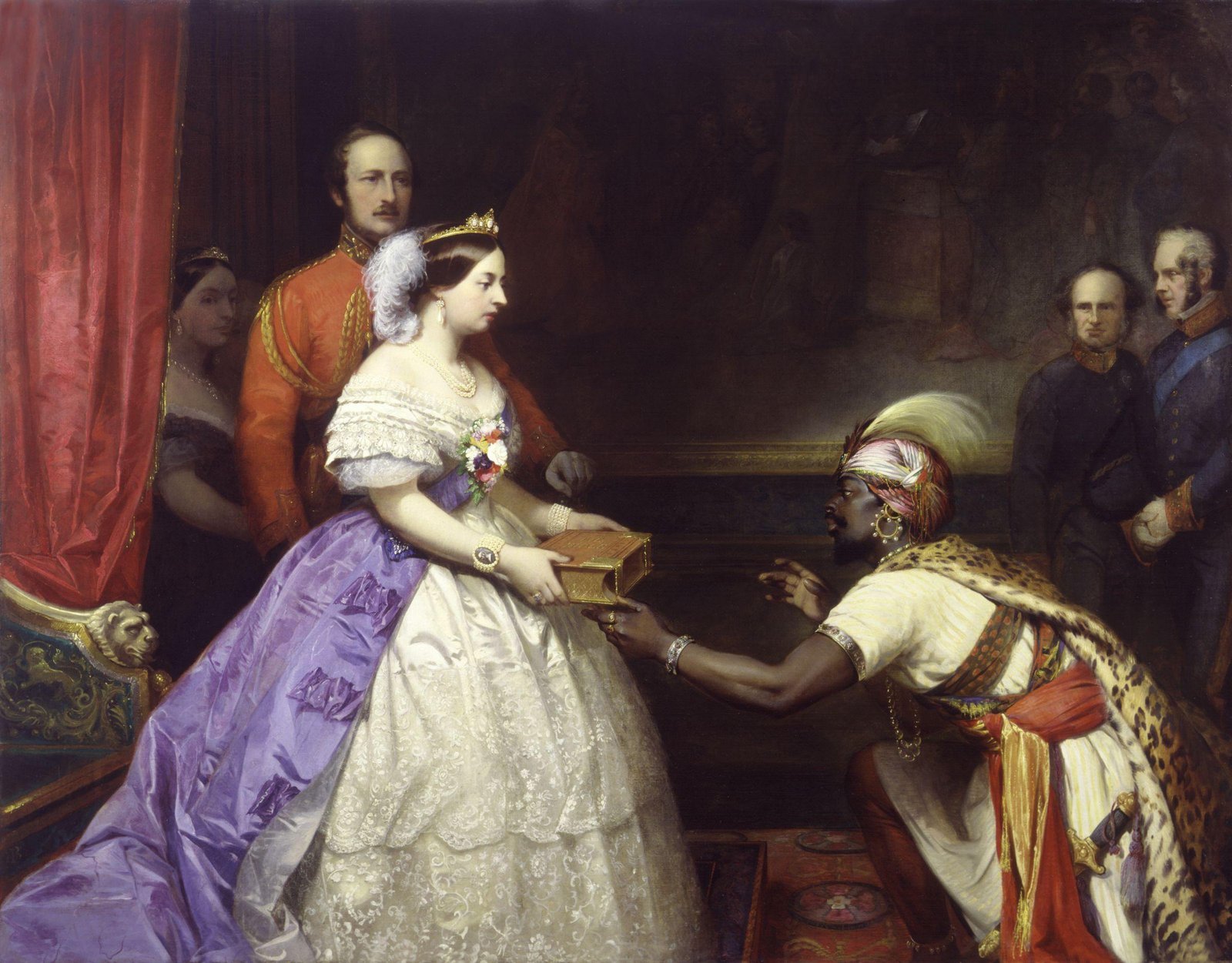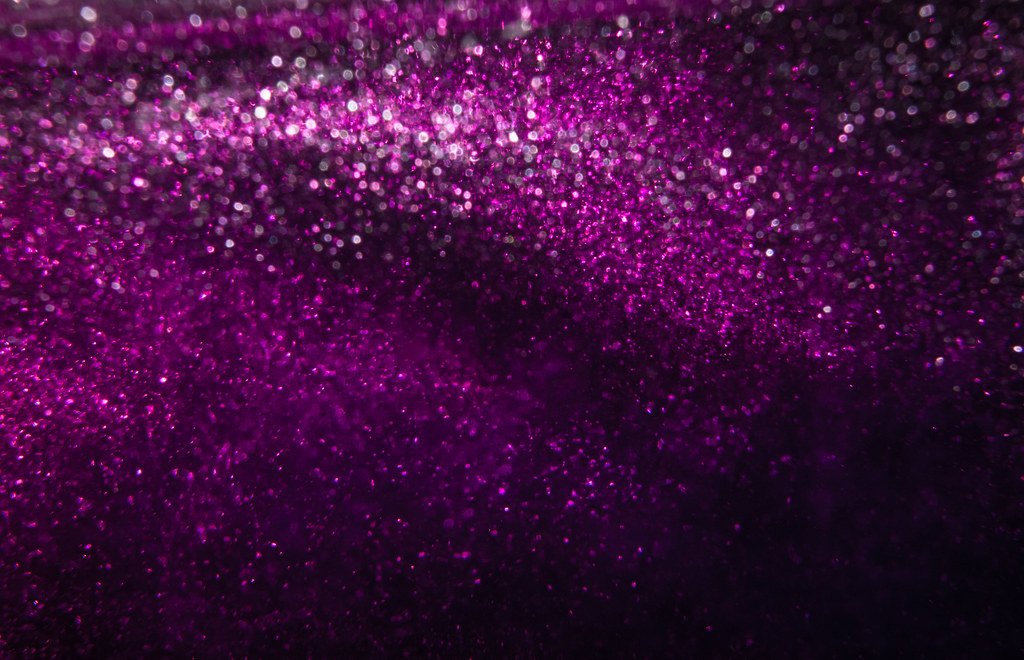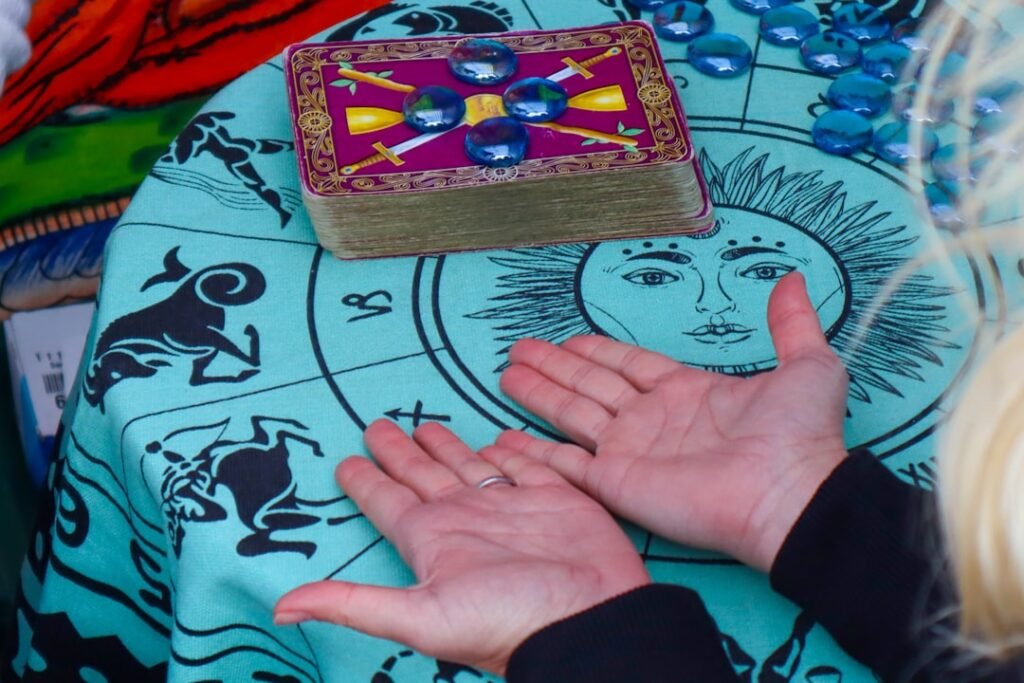Imagine walking through a field of wildflowers on a bright spring day. Reds, yellows, and blues jump out at you, painting the landscape in bursts of color. But where is the purple? You might spot a violet here or a lavender there, but compared to the riot of other hues, purple seems almost like a shy guest at nature’s party. Yet, for centuries, purple has dazzled humanity—so much so that kings and queens draped themselves in it, and ancient empires fought to control its sources. Why is this color so elusive in the wild, and how did it become the chosen shade of the world’s most powerful rulers? The answers are as fascinating as they are unexpected, blending science, history, and a touch of mystery.
The Science of Color: What Makes Purple Unique?

Color is more than just a visual treat—it’s a dance of light and perception. Purple is especially odd because it doesn’t exist as a single wavelength of light. While red, green, and blue can be found on the rainbow’s spectrum, purple is a blend—a trick our brains play when red and blue light mix. This means that in the world of physics, purple is a bit of an illusion. Our eyes have three types of color receptors, and when both red and blue are stimulated, the brain “fills in the gap” and tells us we’re seeing purple. This complex perception may be one reason it’s so rare in the natural world.
Why Are Most Natural Pigments Not Purple?

When it comes to pigments, nature usually takes the easy road. Plants and animals rely on simple chemical compounds like chlorophyll (green), carotenoids (yellow and orange), and anthocyanins (red and blue) to create their colors. Purple, however, requires a more complicated blend of molecules—often anthocyanins in very specific arrangements. Producing such pigments takes more energy and genetic adaptation, so most species simply don’t bother. As a result, purple remains an uncommon sight.
Rare Flowers: The Elusive Beauty of Purple Plants

If you’ve ever marveled at a patch of violets or admired a sprig of lavender, you know just how special purple flowers can be. While some plants do achieve this color, it’s still far less common than white, yellow, or red blooms. Orchids, wisteria, and certain irises show off stunning shades of purple, but the genes required to produce these pigments are relatively rare. For many plants, purple is reserved for attracting specific pollinators, making it a strategic, rather than widespread, color choice.
Purple in the Animal Kingdom: Exception, Not the Rule

You’re unlikely to see a purple animal on your next hike. A few butterflies, birds, and sea creatures show hints of violet or lavender, but these are exceptions. The purple emperor butterfly and some tropical fish wear the color like a badge of honor, but most animals rely on other hues for camouflage, signaling, or mating. Even among birds—nature’s most flamboyant showmen—true purple is a rarity, with the violet-backed starling being one glittering example.
Why Don’t More Fruits and Vegetables Go Purple?

Have you ever wondered why purple carrots, potatoes, or cauliflower seem so exotic? While anthocyanins can give these foods their vibrant hue, most edible plants stick to greens, reds, and oranges. Purple varieties often arise from selective breeding or rare genetic mutations. For instance, wild carrots were originally purple before orange became the dominant commercial color, chosen for its association with Dutch royalty. Still, purple fruits like grapes, plums, and blackberries offer a delicious exception—and they’re packed with antioxidants, making them as healthy as they are beautiful.
The Chemistry Behind Purple Pigments

Purple pigments in nature are typically anthocyanins, complex molecules that reflect blue and red light. These molecules are sensitive to pH, temperature, and sunlight, which means maintaining a true purple color is tricky for most plants and animals. The chemical instability of anthocyanins means many would-be purple organisms end up with shades of pink, blue, or red instead. This delicate balancing act helps explain why genuine purple is so hard to find.
The Rarity of Purple Minerals and Stones

When it comes to rocks and minerals, purple still plays hard to get. Amethyst is perhaps the most famous purple gemstone, but even it owes its color to trace amounts of iron and natural radiation. Other minerals like sugilite and charoite are found in only a handful of places on earth. The scarcity of these stones once made them as prized as gold and diamonds, further fueling purple’s association with wealth and power.
Purple in the Sky: A Fleeting Phenomenon

You might catch a flash of purple at sunset or in the shimmer of an aurora, but these moments are brief and magical. Purple skies occur when sunlight scatters through the atmosphere at just the right angle, blending red and blue light. The effect is fleeting—a quick brushstroke on nature’s canvas before it fades to night. These rare displays have inspired poets and artists for centuries, adding to purple’s mystical reputation.
The Ancient Quest for Purple Dye

Long before synthetic dyes, purple was the ultimate status symbol. The famous Tyrian purple, extracted from the tiny murex sea snail, required thousands of creatures to dye a single garment. Harvesting this dye was labor-intensive, smelly, and expensive, making purple fabric worth its weight in gold. Ancient Phoenicians, Romans, and Persians all guarded their purple secrets, turning the color into a symbol of wealth and exclusivity.
The Rise of Royal Purple

Purple’s rarity made it irresistible to those with power. In ancient Rome, only emperors could wear togas dyed with Tyrian purple, and in Byzantium, the phrase “born in the purple” meant being born to royalty. This tradition spread across Europe and Asia, with kings, queens, and high priests reserving purple robes for their most important ceremonies. The color became a mark of divine right and supreme authority—a visual shorthand for “I am not like you.”
Sumptuary Laws: Policing the Color Purple

To keep purple exclusive, many societies actually made it illegal for common people to wear the color. These sumptuary laws were strict: in Elizabethan England, for example, only royal family members could don purple silk. Breaking the rules could mean fines or worse. These laws weren’t just about fashion—they reinforced social hierarchies and made sure everyone knew their place. Purple wasn’t just a color; it was a statement.
Purple in Art and Literature

Artists and writers have long been fascinated by purple’s mystique. Medieval manuscripts illuminated with purple ink signaled importance and luxury. In literature, purple often symbolizes mystery, spirituality, and magic. From the “purple prose” of Victorian novels to the haunting landscapes of Van Gogh, the color stirs the imagination and evokes deep emotion. Its rarity in nature only adds to its allure, making it a favorite for those seeking to conjure something extraordinary.
The Synthetic Revolution: Making Purple for the Masses

Everything changed in 1856 when chemist William Henry Perkin accidentally discovered mauveine, the world’s first synthetic purple dye. Suddenly, anyone could wear purple—no snails required. The color exploded in popularity, showing up in Victorian dresses, hats, and even wallpaper. This democratization of purple marked a turning point; what was once a royal monopoly became accessible to all. Yet, even today, natural purple retains an air of exclusivity that synthetic shades just can’t match.
Purple in Modern Fashion and Pop Culture

Purple’s royal roots still echo in today’s world. Musicians like Prince and Jimi Hendrix made the color their signature, and luxury brands use it to signal prestige and creativity. From runway gowns to sports teams’ jerseys, purple stands out as bold, unconventional, and a little rebellious. It’s a color that says, “I’m different—and proud of it.” In a world of fast trends, purple endures as a symbol of individuality and flair.
The Psychology of Purple: Emotions and Associations

Purple is a color that stirs the soul. Psychologists say it blends the stability of blue with the energy of red, creating a sense of calm power. People often associate purple with creativity, wisdom, and spirituality. It’s the color of meditation rooms, yoga studios, and visionary art. Some even believe it helps spark imagination or soothe anxiety. Its emotional impact is as complex as its chemistry—mysterious, inspiring, and unforgettable.
Purple in Science and Technology

Purple continues to inspire innovation. In the lab, researchers use purple dyes to track molecules or highlight cells under a microscope. Ultraviolet light, just beyond visible purple, has revolutionized medicine, forensics, and astronomy. Even in digital technology, purple is used to signal something out of the ordinary—a special feature, a warning, or a reward. The color’s scientific significance is as multifaceted as its history.
Will Purple Always Be Rare?

Despite our advances in chemistry and technology, true purple remains a rarity in the wild. Genetic engineering might someday bring more purple plants and animals into our lives, but natural purple will probably always feel a bit magical. Its scarcity keeps it precious—a color you still have to search for, whether you’re hiking through the woods or flipping through the pages of history. Next time you see a splash of purple in nature, stop and savor it. Isn’t it amazing how something so rare can still capture our imagination?




